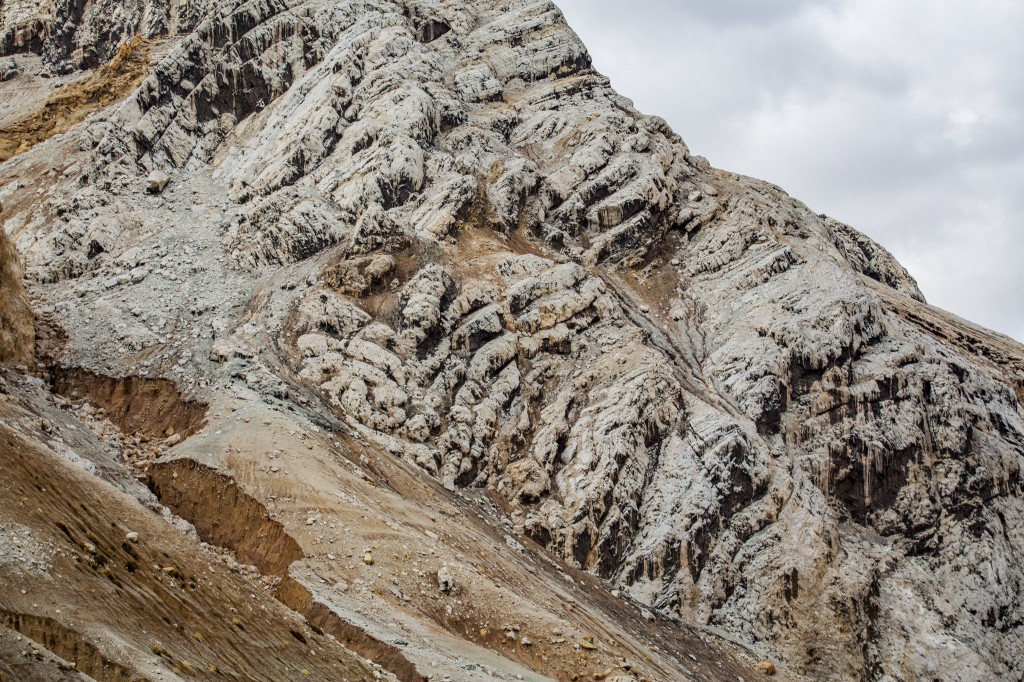
Manuel Pulgar-Vidal is Peru’s minister of the environment, and among the most most influential climate change policy makers. Photo by Emilia Catanoso
I remember Manuel Pulgar-Vidal well from the UN Climate Summit in Lima in December 2014. He was seemingly everywhere, certainly at every press conference. He was friendly and accessible. I was offered to interview him the day COP20 opened, but declined; I could not get to Lima so soon.
In mid-July, 2015, through the high-level connections of Enrique Ortiz, my fixer and interpreter for two weeks in Puru, I got an hour with the minister. He had studied he encyclical and had a lot to say about it. He was less keen on discussing the Tia Maria copper mine in southern Peru. It was a great interview, linked here, and I’m glad mangabay.com chose to run this and two others.
Mongabay Edior Glenn Scherer’s summary:

















